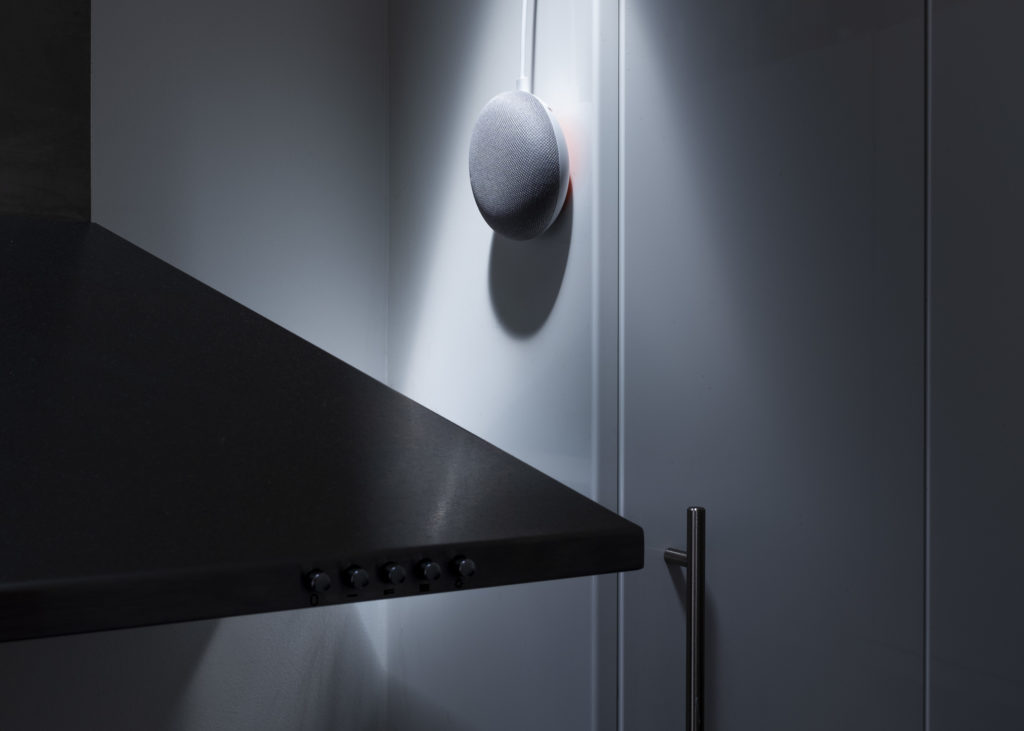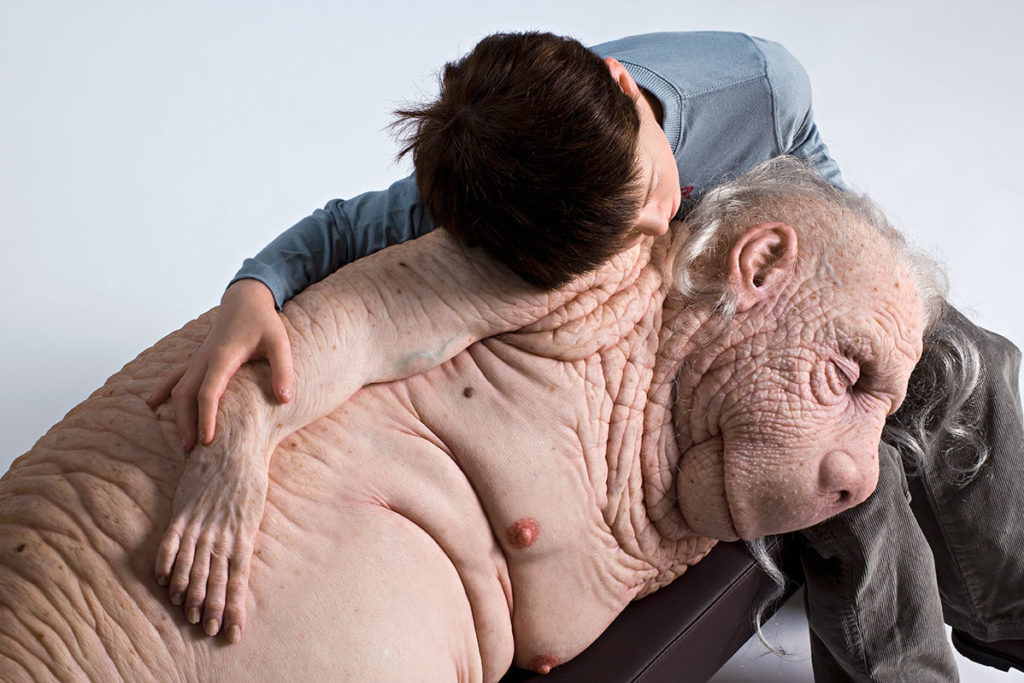Walt Whitman, Song of Myself, 1855
(…I Contain Multitudes)
The futures of our identities are interlaced with the construction of our digital selves. Fictional Journal discusses with designer and researcher Simone C. Niquille.

As imaging and capture technologies become more accessible and render the human body at a speed and resolution never attained before, standardized measurements of the human body are used to define what passes as ‘human’. Permeating, albeit somewhat invisibly, all the way through our daily lives, from industrial design to architecture, identity recognition to computer games, the futures of our identities are interlaced with the construction of our digital selves. Could digital bodies create space for new imaginaries and ways to rethink what is considered ‘real’? How should designers interact and shape with computational technologies? Fictional Journal discusses with designer and researcher Simone C. Niquille.
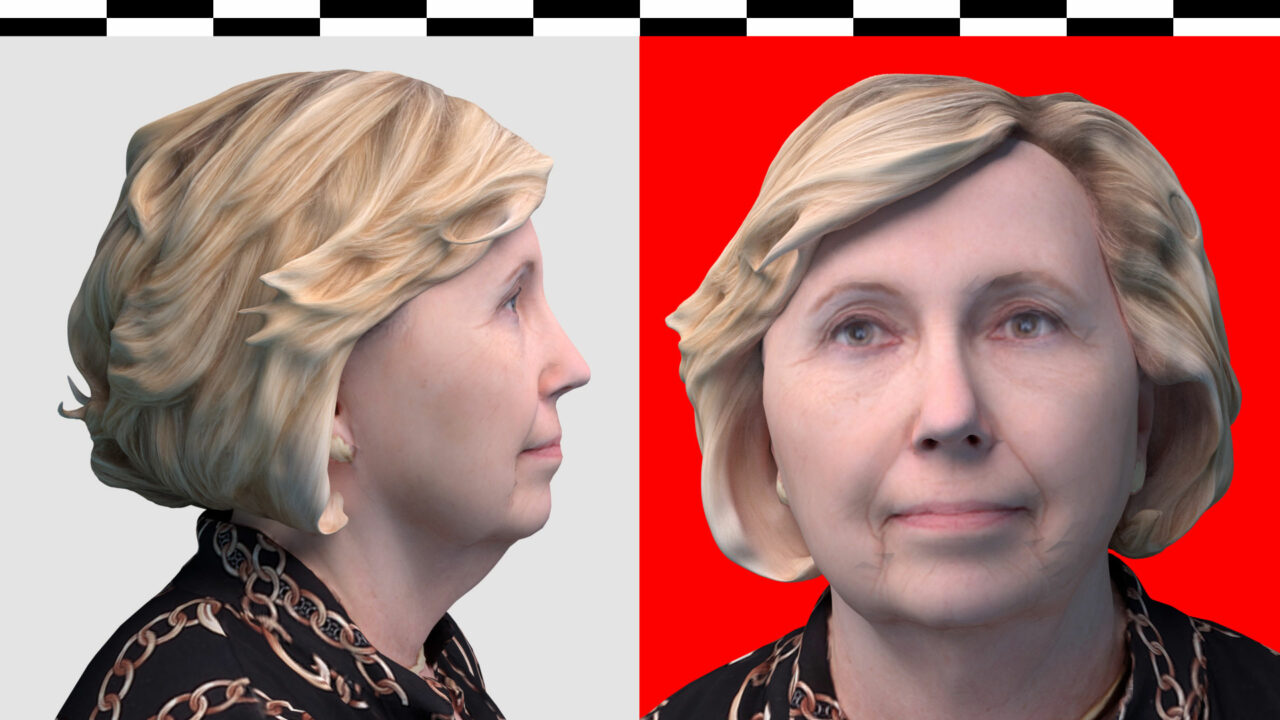
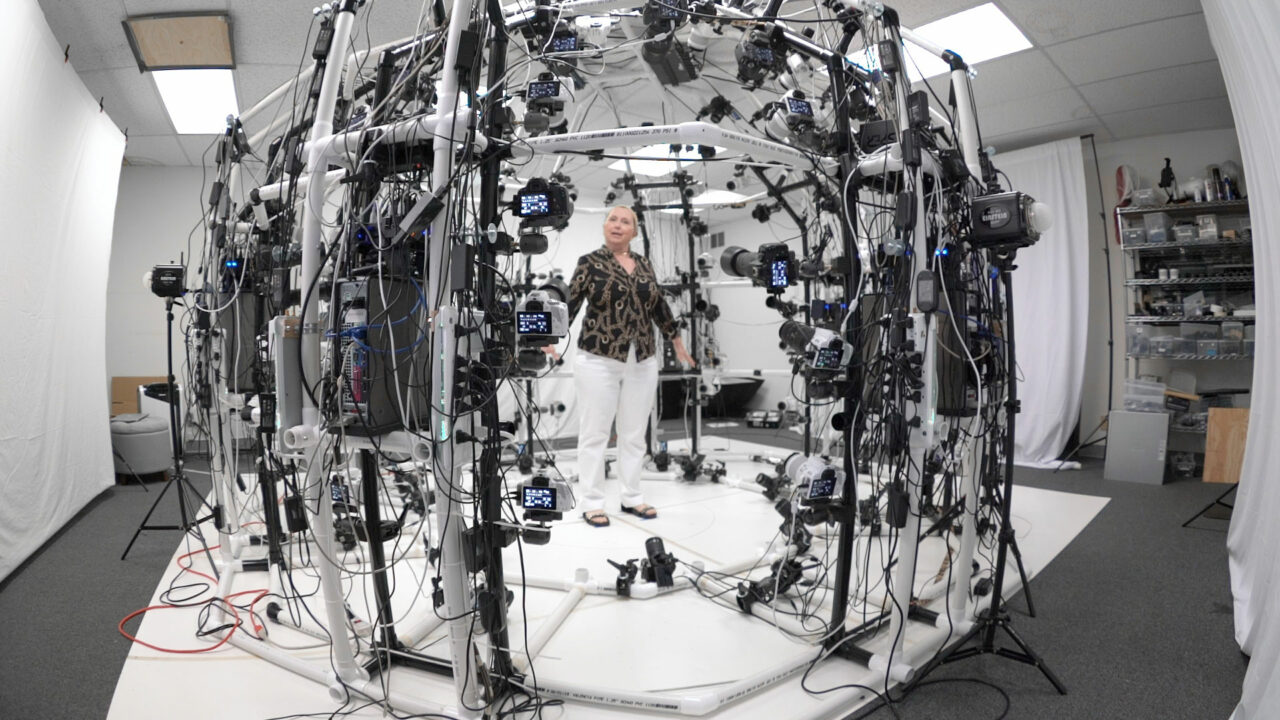
FICTIONAL JOURNAL: The invention of anthropometry has bled into a multitude of disciplines, as you discuss in your essay SimFactory. From an everyday use perspective, what kinds of objects and systems has this affected?
Very well then I contradict myself,
(I am large, I contain multitudes.)
FJ: Masahiro Mori’s concept of ‘uncanny valley’ perhaps no longer exists, if we look to the example of CGI influencer Lil Miquela. Quite quickly after her first post in 2016 she was communicated in the press as a ‘fake’ body, yet social media users interact with her fictions (she has 1.4 million followers), while her ‘designers’ supposedly profit from using her for product placement. I wonder, what is the future of these kind of ‘fake’ bodies’? Are they trend, or something more?
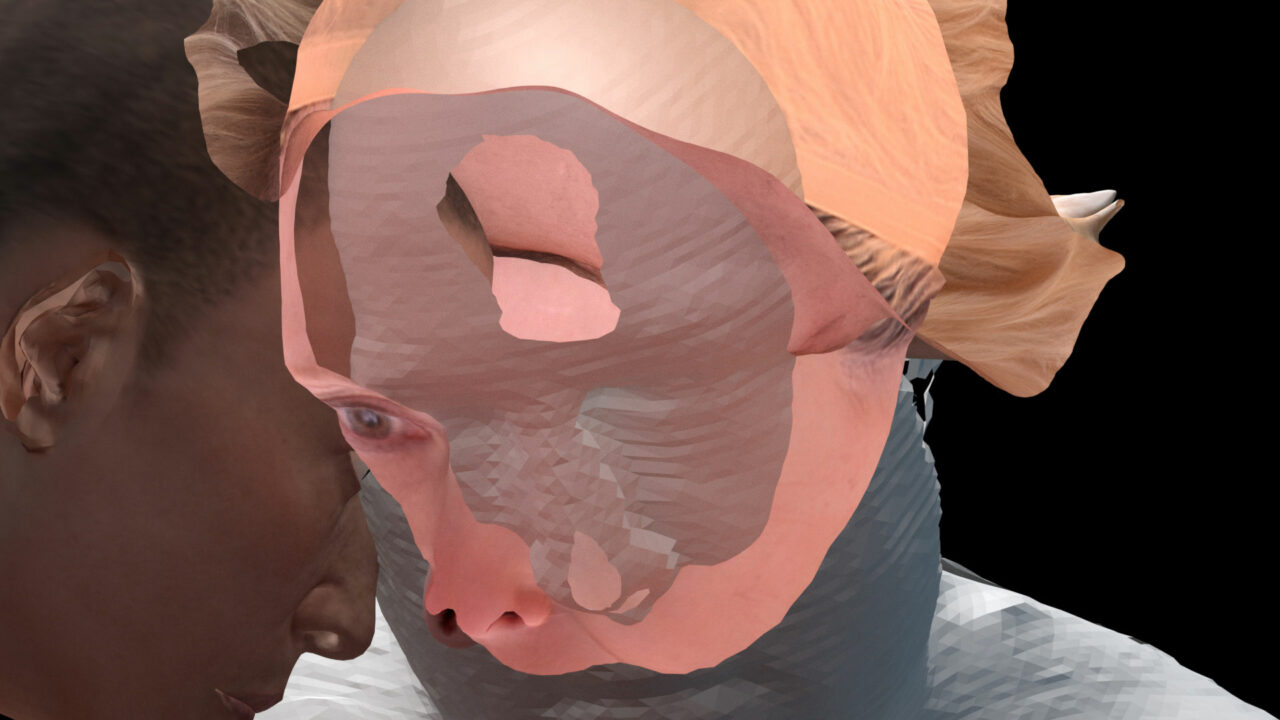
FJ: In the early 90’s Microsoft embedded ‘office assistants’, like Microsoft Bob and Clippy, to guide people through the use of new software’s. How do you think designers should practice with tools which allow for possibly violent abstractions? Do we need a contemporary guide?
A built-in ethical watchdog would come with similar questions as the software itself. Who are the makers and what rules and regulations are encoded within? As mentioned earlier, I believe it isn’t about refusal; refusal of fake images, proprietary software. Rather I am interested in how far and thin the use of these tools can be stretched. In practice this means to remain sceptical and refuse computational technology as a singular answer, a silicon solutionism, and instead regard it as one of many__
Text by Sophie Rzepecky
Biography
SCN is a designer and researcher based in Amsterdam NL. Her practice Technoflesh investigates the representation of identity & the digitisation of biomass in the networked space of appearance. She holds a BFA in Graphic Design from Rhode Island School of Design and an MA in Visual Strategies from the Sandberg Instituut Amsterdam. She currently teaches Design Research at ArtEZ University of the Arts Arnhem. She is a 2016 Fellow of Het Nieuwe Instituut Rotterdam and is recipient of the talent development grant by The Creative Industries NL 2016/2017. SCN is commissioned contributor to the Dutch Pavilion at the 2018 Venice Architecture Biennale.


